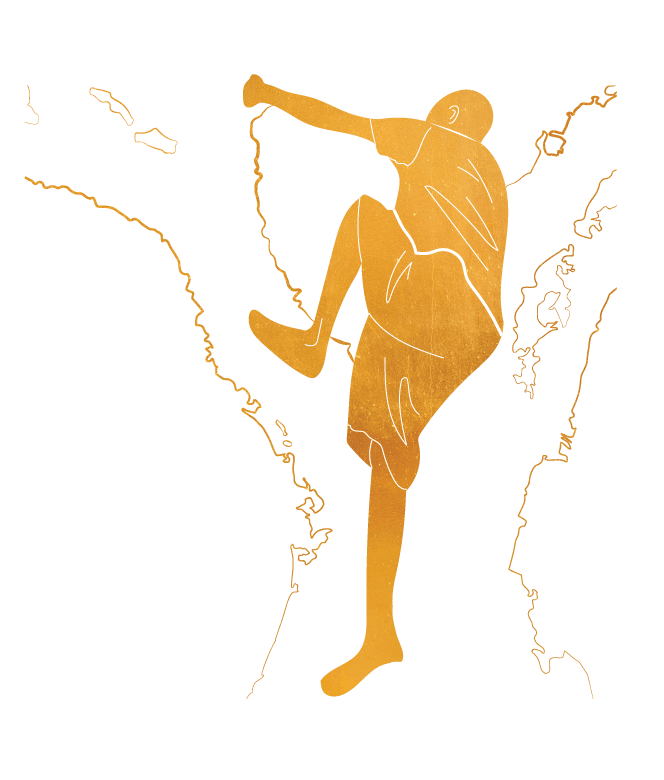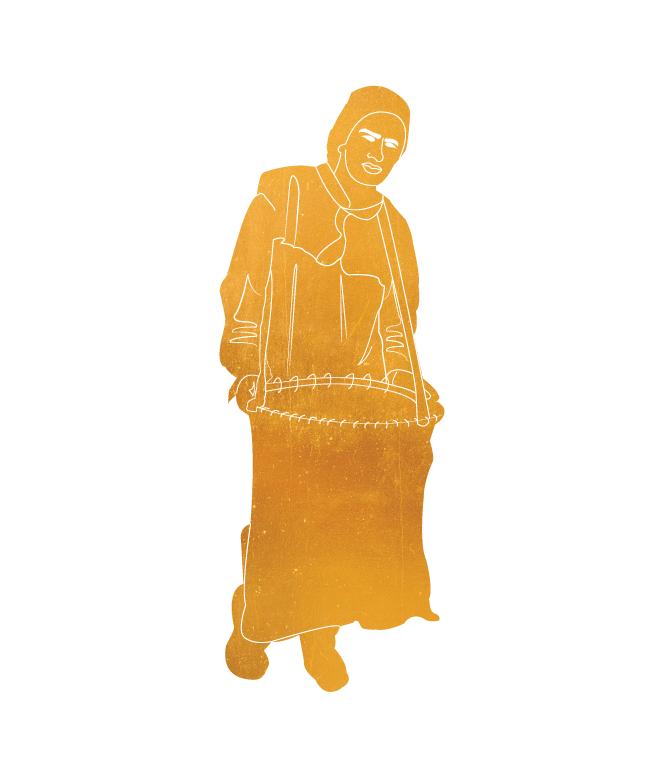
Lessons from the garden
Today, their culinary classroom has blossomed into a sanctuary for learning, a place where a flourishing herbal garden, a mushroom bed, a pollinator patch, and a small orchard coexist harmoniously. Together, Leona and her students embark on a journey of exploration, crafting infusions, tinctures, preserving herb salts, and distilling hydrosols. Her students eagerly anticipate the start of each new year, visiting the garden to handpick their cup of "tea."
Leona's mission goes beyond just nurturing the garden. She has created a safe haven within an urban high school, nestled in a food-insecure community. In this little world that they have nurtured together, students not only grow plants but also develop a profound sense of belonging and security. Leona's commitment to her students and their shared love for their little green oasis is a testament to the power of education, nurturing, and the boundless potential that blooms when nature and knowledge come together.

Growing school gardens summit
I would say for the high school population. Just stopping to look at them and listen to them and say what you need today, and have available for them sunshine and soil and herbs. So if my students are having a bad day, if they feel down, if they feel angry, if they feel frustrated and we sense that when any if I walk into the room that way they sense it, then I can say you go to the garden and get what you need, and the water will be ready and you can come back and have a cup of tea and they'll choose peppermint if they need a pick me up or chamomile if they need to come down. Lemon balm if they feel like they just need something warm and fresh and so I love having that available to them. And I wish that all students would just have that opportunity.

Local Impact
Entity: School garden
Place: Newark High School, Newark, Ohio
Garden Founded: 2016
Community: Shares knowledge and resources with other educators
Goals: Developing a perennial food forest on the school property
Leona's curriculum
-

By venturing out of her clinic and spending time on seven family farms, Miller uncovers all the aspects of farming—from seed choice to soil management—that have a direct and powerful impact on our health. Bridging the traditional divide between agriculture and medicine, Miller shares lessons learned from inspiring farmers and biomedical researchers and artfully weaves their insights and discoveries, along with stories from her patients, into the narrative. The result is a compelling new vision for sustainable healing and a treasure trove of farm-to-body lessons that have immense value in our daily lives.
-

In this “carefully researched, compellingly written game-changer for children’s health” (Mark Hyman, MD), Maya Shetreat-Klein, MD, reveals the shocking contents of children’s food, how it’s seriously harming their bodies and brains, and what you can do about it. And she presents a nutritional plan for getting and keeping children healthy—that any family can follow.
-

The word "permaculture" was coined and popularized in the mid 70's by David Holmgren, a young Australian ecologist, and his associate / professor, Bill Mollison. It is a contraction of "permanent agriculture" or "permanent culture." Permaculture is about designing ecological human habitats and food production systems. It is a land use and community building movement which strives for the harmonious integration of human dwellings, microclimate, annual and perennial plants, animals, soils, and water into stable, productive communities. The focus is not on these elements themselves, but rather on the relationships created among them by the way we place them in the landscape. This synergy is further enhanced by mimicking patterns found in nature.









